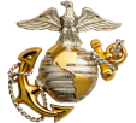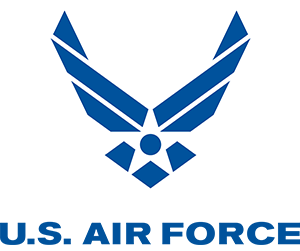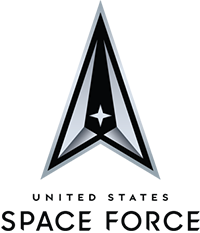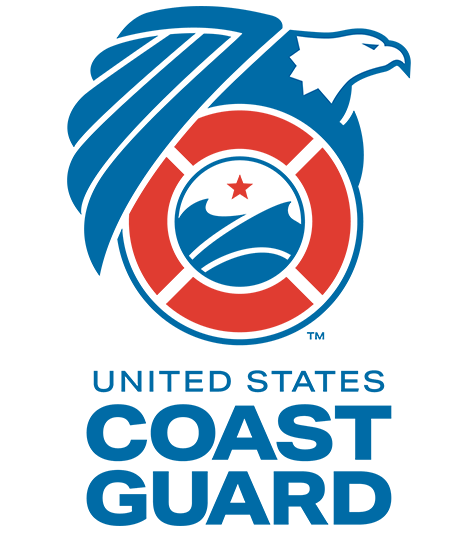
An Aeromedical Evacuation Team at Work
Senior Airman Kyle Knox, of the Air Force Reserve's 446th Aeromedical Evacuation Squadron, describes his team's crucial mission. The 446th Aeromedical Evacuation Squadron is responsible for transporting the injured to areas where they can receive further medical care. They assist service members who have been injured, and they can also fly on humanitarian missions. Knox helps coordinate nurses, medical technicians and a ground crew as they check patients before they are loaded, and as they prepare a C-17 aircraft to transport patients. While in flight, the team can respond to heart attacks and other medical situations that may arise until their patients reach the next level of care.
Length 2:13 View TranscriptTranscription
Senior Airman Kyle Knox: My name is Senior Airman Kyle Knox. I'm in the United States Air Force Reserve. My role in the Air Force Reserve is being an Air Medical Evacuation Technician.
Air Medical Evacuation is transporting sick, wounded, humanitarian war effort patients from location to location to try and give them the best next care. It's a great feeling knowing that we help get somebody back home to their family.
Senior Airman Kyle Knox: Go ahead, and you're setting up electrical. You're going to set up O2, string from this side over.
Speaker 1: Set her down.
Senior Airman Kyle Knox: Stands coming down.
Senior Airman Kyle Knox: Today we started out with setting up our aircraft on the walls. We took the stanchion sets down to prepare our medical equipment, which we brought on board. After our setup, we string our oxygen lines. We will then bring our patients on board. We'll do vital signs on our patients as soon as possible so we can get, kind of, the baseline for them and know where to expect them the rest of the flight.
Today we started with a patient who was in one of the stanchions. They were late on their litter and one of our medical technicians walked up to the patient, noticed that they weren't breathing.
Speaker 2: I have no airway.
Speaker 3: All right, let's get him out of here.
Senior Airman Kyle Knox: More person.
Speaker 3: I got this side.
Senior Airman Kyle Knox: Prepare to move. Move. I got result.
Speaker 2: Still have none. Grab me a board, please.
Speaker 3: Do we have a pulse, yet?
Speaker 2: No, we don't. I'll give him compressions. 19, 20, 21, two.
Speaker 3: Bring in?
Speaker 4: Yeah, brass are going in.
Speaker 2: One and two and three and four and five and six -
Speaker 2: Clear.
Speaker 3: Clear.
Speaker 2: Shock.
Senior Airman Kyle Knox: As a reservist, we offer about 60% of the Air Medical Evacuation job within the Air Force. And we are the only military branch that offers this type of job. We have a 98.9% survivability rate once the patient enters our care.
I highly suggest the job that I do. It's one of the greatest feelings in the world, knowing that you're bringing somebody back home to better care, and helping save a life.
An Aeromedical Evacuation Team at Work










